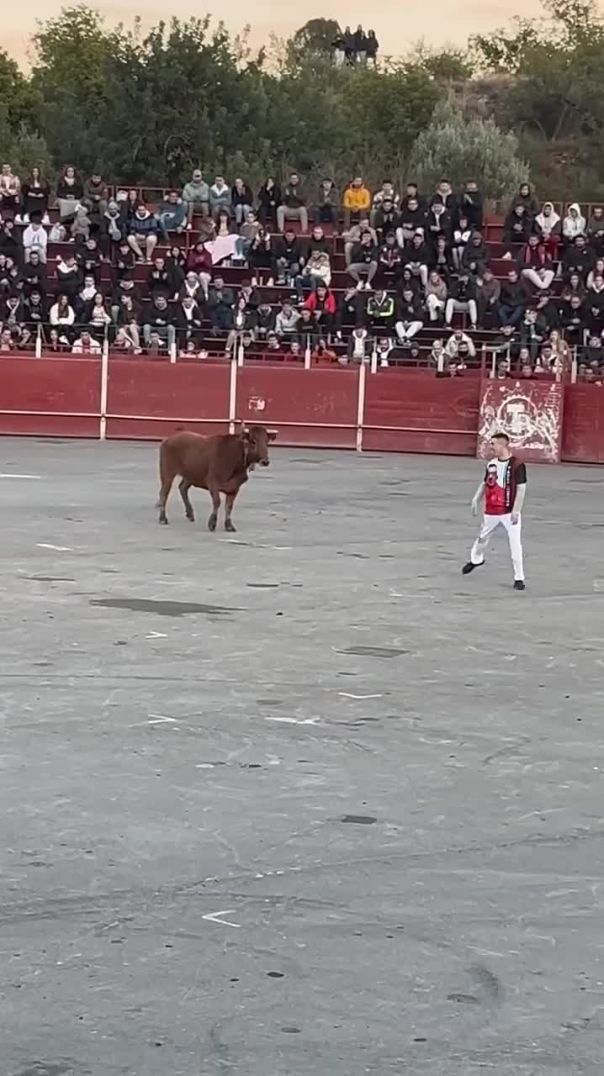In the dense forests and remote wilderness of Tasmania, whispers and tales suggest that the Tasmanian Tiger, or Thylacine, may still roam. Despite being declared extinct in 1936, a fervent community of scientists and enthusiasts believe otherwise. This article delves into the reasons behind such beliefs and explores the implications for Australia’s biodiversity policies and economy.
The Historical Context of the Thylacine
The Thylacine, a marsupial native to Tasmania, was once the apex predator of its habitat. Its decline was largely due to hunting, habitat destruction, and disease. The last known Thylacine died in captivity in 1936, leading to its official extinction declaration. However, sightings and evidence continue to spark debate.
Scientist Perspectives: Why Some Believe the Thylacine Exists
Several factors underpin the belief in the Thylacine’s existence. Firstly, Tasmania’s vast and unexplored terrains provide a plausible sanctuary. Secondly, numerous unverified but persistent sightings continue to be reported. According to Dr. Barry Brook from the University of Tasmania, “the probability of undiscovered species in remote areas is higher than we often assume.”
Impact on Australian Biodiversity Policies
Belief in the Thylacine’s existence impacts biodiversity conservation efforts. If proven alive, it could lead to shifts in funding and policy focus. Australia invests significantly in biodiversity, with the Department of Agriculture, Water, and the Environment allocating over AUD 200 million annually to conservation efforts. A confirmed Thylacine population would demand a reallocation of resources and potentially new protective legislation.
Real-World Case Study: The Rediscovery of the Night Parrot
The Night Parrot, long thought extinct, was rediscovered in Queensland in 2013, illustrating the possibility of similar outcomes for the Thylacine. This rediscovery led to increased conservation funding and public interest. The parallels between the Night Parrot and Thylacine scenarios suggest that undiscovered populations can indeed exist, influencing conservation strategies and public policy.
Economic Implications for Tasmania and Australia
The potential rediscovery of the Thylacine could boost eco-tourism, a sector contributing AUD 60 billion to Australia's economy annually. Tasmania, in particular, could see increased tourism and investment, boosting local economies and creating jobs. The Australian Bureau of Statistics highlights tourism as a significant driver of economic growth, making this a vital consideration.
Pros and Cons of Believing in the Thylacine’s Existence
- Pros: Enhances conservation awareness, boosts eco-tourism, and increases scientific research funding.
- Cons: Diverts resources from other critical conservation efforts, and potential for misinformation and false hope.
Common Myths and Misconceptions
Myth 1: "All reported sightings are hoaxes." Reality: While many are unverified, some sightings come from credible sources.
Myth 2: "The Thylacine’s extinction was solely due to hunting." Reality: Disease and habitat loss played significant roles, as confirmed by ecological studies.
Myth 3: "Rediscovery would have no economic impact." Reality: The eco-tourism potential alone could substantially benefit Tasmania’s economy.
Conclusion: The Future of Thylacine Research and Policy
While the existence of the Tasmanian Tiger remains unproven, the ongoing debate highlights the need for robust conservation policies and research funding. Australia’s commitment to biodiversity, coupled with technological advancements in wildlife monitoring, may one day solve the mystery of the Thylacine. Until then, the story serves as a reminder of the delicate balance between belief, evidence, and policy.
People Also Ask
How does the belief in the Thylacine impact Australian conservation efforts? Belief in the Thylacine’s existence can redirect conservation resources, enhancing biodiversity awareness and potentially influencing policy adjustments.
What are the biggest misconceptions about the Thylacine? A common myth is that all sightings are hoaxes, while credible reports do exist, suggesting the need for careful evaluation.
Related Search Queries
- Tasmanian Tiger sightings 2023
- Thylacine conservation efforts
- Eco-tourism in Tasmania
- Extinct animals rediscovered
- Impact of wildlife tourism on economy




































robeterracotta
3 days ago